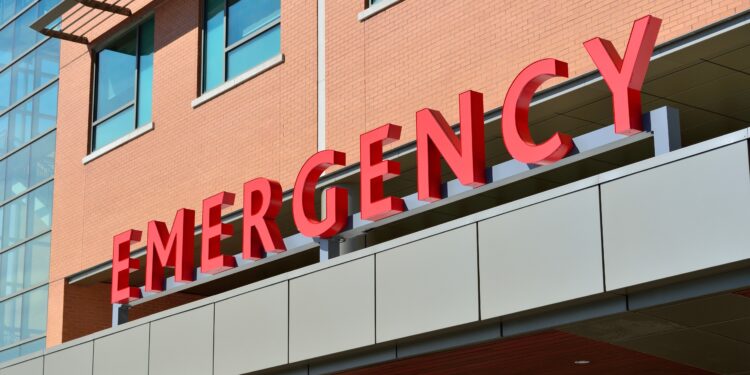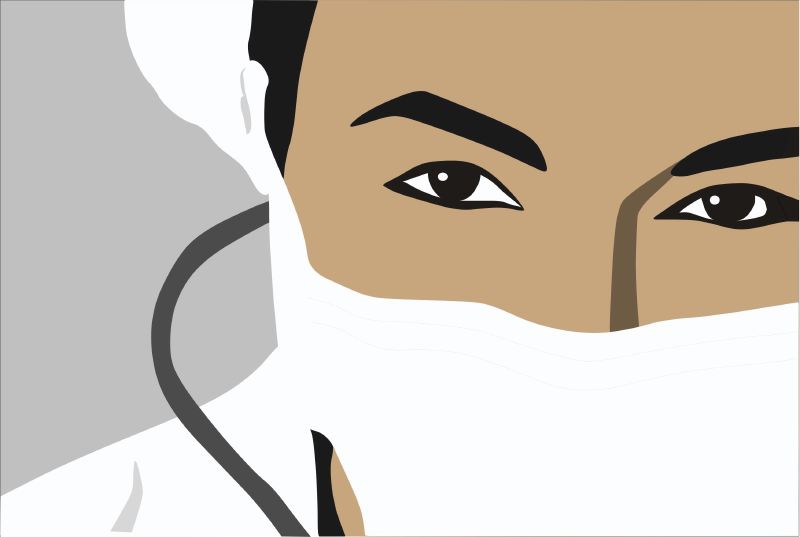
The life of a physician is one of the most stressful professions. Not only do we face a constant barrage of patients and their various health concerns, but we must also balance this with the administrative aspects involved in running our practices.
And while many physicians have developed healthy ways to cope with these stresses, others find themselves struggling to keep it together — and some suffer from burnout, depression, anxiety, addiction, or PTSD as a result. In this article, I’ll discuss the trauma of medicine and what can be done about it.
As physicians, we face trauma. We must learn how to care for ourselves and others.
We are exposed to a number of types of trauma on a daily basis in our roles as caregivers: physical and sexual abuse, domestic violence, car accidents and natural disasters. And while these experiences can be difficult to process individually, they can also cause long-term mental health consequences when they are experienced repeatedly over time.
As a result of this exposure to trauma — and perhaps because we already tend to be analytical thinkers who take pleasure in solving problems — physicians may be particularly susceptible to developing post-traumatic stress disorder (PTSD) and burnout than other professions might be.
In fact, according to one study published in the Journal of Traumatic Stress Injury & Violence Prevention found that rates of both PTSD and burnout were significantly higher among physicians compared with those working across other industries like finance or banking.
Another study showed that 80% of physicians surveyed had experienced at least one traumatic event during their education or training programs — yet less than half ever sought treatment for these symptoms
A recent paper in the European Journal of Psychotraumatology reported that, during the first wave of the pandemic, 22% of all UK medical staff met the diagnostic criteria for post-traumatic stress disorder, and 47% for depression or anxiety. That’s 1 in 5 for PTSD and nearly 1 in 2 for depression/anxiety.
The highest risk factors were among those who were concerned about infecting others, who felt stigmatized, who could not talk with their managers if they were not coping, and who had not had reliable access to personal protective equipment (PPE).
Who sends their soldiers into battle without the right equipment?
And we know that medical staff are the worst at reaching out for help.
The trauma of medicine can be overwhelming. Perhaps not immediately, but over time the little traumas can add up, especially if they are not dealt with at the time. In surveys of physicians pre- and post-COVID:
The general public is often unaware of the trauma physicians experience on a daily basis. Because of the nature and unpredictability of their jobs, doctors are much more likely to experience traumatic events than people in other professions. This exposure can have detrimental effects on both mental and physical health.
It is also important not to confuse stress, burnout and PTSD; although it may be true that the former sometimes causes one or more of these disorders, they are essentially different conditions.
As physicians, we face trauma. We must learn how to care for ourselves and others.
Stress can be a positive or negative experience, depending on the demands one encounters throughout his or her lifetime. The stress response is a physiological reaction that prepares the body for action in the face of perceived danger.
The body’s stress response usually turns off once the stressful situation ends. Toxic stress responses include a prolonged or permanent physiologic response to a stressor that can cause damage to vital organs.
Burn-out is a psychological syndrome that occurs when people are unable to deal effectively with the stress of their work. It manifests itself in three ways: feelings of being worn out, mentally distant from one’s job or feeling cynical about it.
PTSD is a diagnosable mental health condition. The symptoms of PTSD can begin immediately after the event that triggers it, or they can be delayed for several weeks or months. Commonly reported symptoms include traumatic flashbacks, avoidance behavior, and increased arousal and agitation.
So, what can be done? The evidence base for prevention of traumatic consequences in physicians is scant.
Several studies have investigated stress-reduction techniques for physicians. The overall findings of these investigations are that cognitive, behavioral, and mindfulness interventions are associated with decreased anxiety and burnout among medical professionals.
Examples of interventions include behavioral stress management workshops, goal prioritization and relationship building.
Multiple randomized controlled trials have demonstrated that mindfulness techniques reduce stress biomarkers and improve positive state-of-mind, distress, rumination and burnout scales — all with positive results.
Trauma and medicine are inextricably linked. As physicians, we must face our own trauma head on. We must continue to work with patients who have experienced trauma, and our own trauma from working in medicine.
Self-care, stress management, and stress reduction techniques may help us cope better. These skills should be taught in medical school and supported throughout a physician’s career.
Only then can we start to tackle the epidemic of physician burnout, moral injury, mental illness, and suicide.
